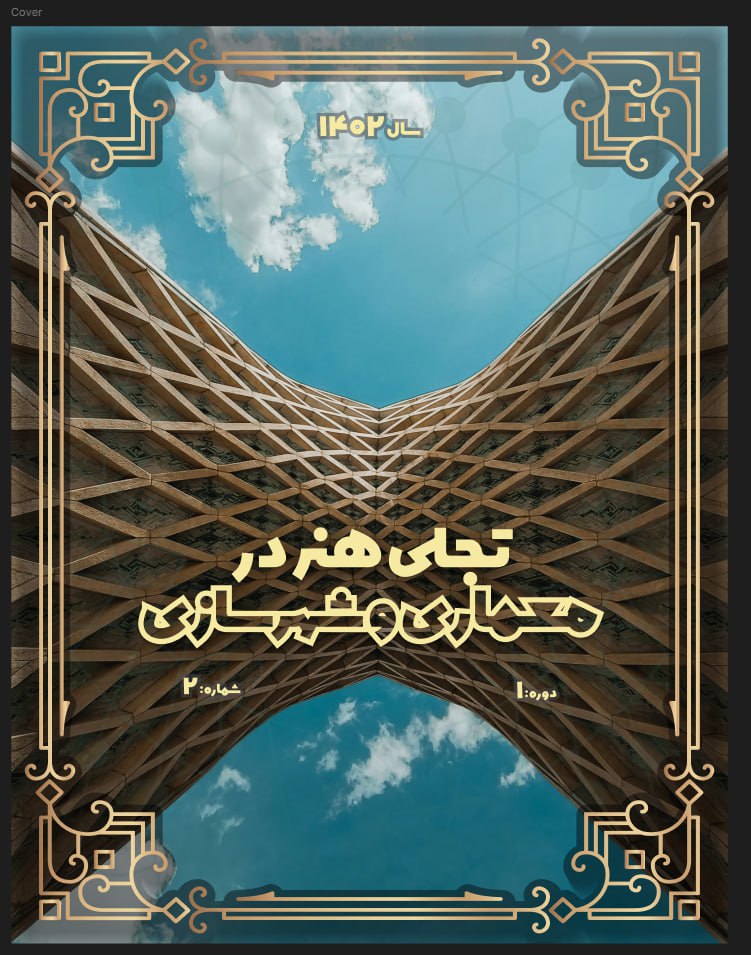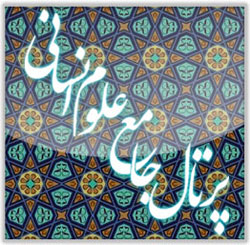Difference and Repetition Based on Rhizome in Urban Facade Architecture with Focus on the Thought of Gilles Deleuze
Keywords:
Gilles Deleuze, Difference, Repetition, Rhizome, Façade Architecture, CityAbstract
In recent years, the urban façade has shifted from being a merely decorative surface to a central element of identity and communication, mediating between private and public spaces as well as between individuals and society. This study seeks to apply Gilles Deleuze’s philosophical concepts of “difference,” “repetition,” and “rhizome” to develop a new approach to the analysis and design of urban façades. The significance of these concepts lies in the fact that “difference,” as a generative and creative force, enables façades to break away from uniformity and embody diversity, while “repetition,” in Deleuze’s sense, represents creative regeneration rather than mechanical duplication, thereby linking unity with multiplicity. Furthermore, the notion of the “rhizome” as a horizontal, networked, and non-linear structure provides the basis for a more democratic understanding of urban spaces and for the fluid interaction between façades and the urban fabric. A comparative study of global architectural examples, such as the works of Zaha Hadid, Frank Gehry, and parametric architecture, alongside an examination of urban façades in Iran, illustrates the potential of a hybrid model that draws upon both tradition and contemporary innovation. The findings reveal that such an approach not only enhances the aesthetic value of façades but also produces broader social consequences, including the strengthening of collective identity, the democratization of space, and a rethinking of the relationship between architecture and the citizen.
Downloads
References
1. Farhadi M. Aesthetics of Contemporary Architecture. Tehran: Shahid Beheshti University Press; 2019.
2. Deleuze G. Difference and Repetition. New York: Columbia University Press; 1994.
3. Deleuze G. Nietzsche and Philosophy. New York: Columbia University Press; 1983.
4. Deleuze G. Cinema 2: The Time-Image. Minneapolis: University of Minnesota Press; 1989.
5. Deleuze G, Guattari F. A Thousand Plateaus: Capitalism and Schizophrenia. Minneapolis: University of Minnesota Press; 1987.
6. Hadid Z. Zaha Hadid: Complete Works. London: Thames & Hudson; 2002.
7. Lynn G. Animate Form. New York: Princeton Architectural Press; 1999.
8. Boundas C. The Deleuze Reader. New York: Columbia University Press; 1993.
9. Hejazi MR. Parametric Architecture and Poststructuralist Theories. Tehran: Jihad Daneshgahi Press; 2017.
10. Koolhaas R. S, M, L, XL. New York: Monacelli Press; 1995.
11. Eisenman P. Eisenman Inside Out: Selected Writings, 1963–1988. New Haven: Yale University Press; 2004.
12. Deleuze G. Cinema 1: The Movement-Image. Minneapolis: University of Minnesota Press; 1986.
13. Patton P. Deleuze: A Critical Reader. Oxford: Blackwell; 1996.
14. Marks J. Gilles Deleuze: Vitalism and Multiplicity. London: Pluto Press; 1998.
15. Bogue R. Deleuze on Music, Painting and the Arts. London: Routledge; 2003.
16. Rajchman J. The Deleuze Connections. Cambridge, MA: MIT Press; 2000.
17. Wigley M. The Architecture of Deconstruction: Derrida’s Haunt. Cambridge, MA: MIT Press; 1993.
18. Mohammadi R. Philosophical Roots of Contemporary Architecture: From Deleuze to Derrida. Tehran: Research Institute of Art and Culture; 2021.
19. Bottomore T. Theories of Modern Society. Cambridge: Polity Press; 1981.
20. Guattari F. Chaosmosis: An Ethico-Aesthetic Paradigm. Bloomington: Indiana University Press; 1995.
Downloads
Published
Submitted
Revised
Accepted
Issue
Section
License
Copyright (c) 2025 Behrang Majidi (Author); Zoleykha Azhdarian Shad; Hossein Ardalani (Author)

This work is licensed under a Creative Commons Attribution-NonCommercial 4.0 International License.









